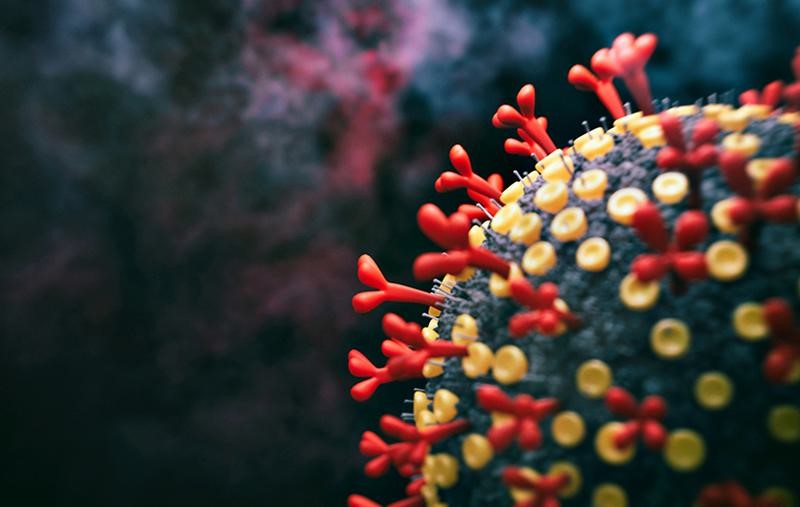





Source: Hindu
Disclaimer: Copyright infringement not intended.
Context
Details
FLiRT Variants
Characteristics of FLiRT Variants:
Impact and Management
Sources:
|
PRACTICE QUESTION Q. The emergence of FLiRT variants underscores the evolving nature of the COVID-19 pandemic and the importance of ongoing surveillance, research, and public health measures to address emerging challenges and protect populations worldwide. Discuss. (150 words) |











© 2025 iasgyan. All right reserved